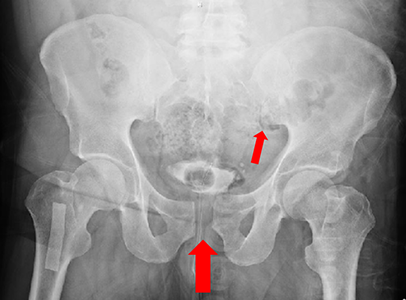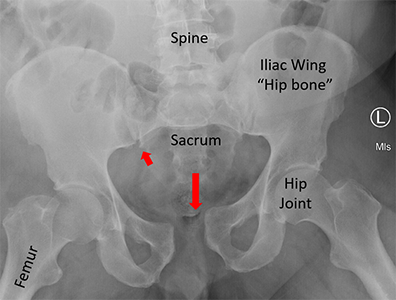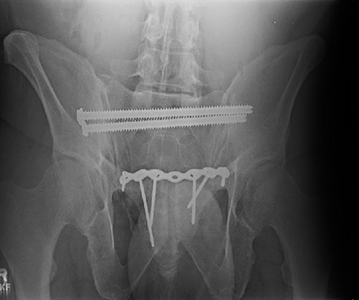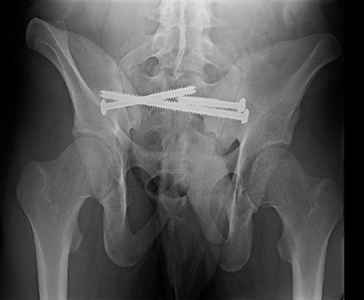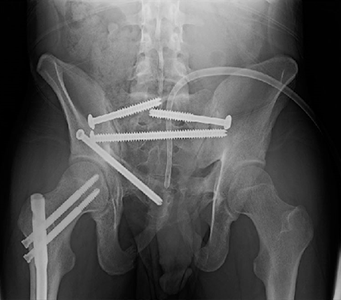Physical Therapy Videos - Hip and Pelvis
What Is It?
The pelvis is a strong bone made up of three parts. It connects our spine to our legs and helps us walk. Inside the pelvis, we have important things like our intestines, bladder, and major blood vessels.
How It Happens
Pelvis fractures often happen in car crashes or bad falls. They can also happen in older people with weak bones. Pelvis fractures can be dangerous because they can cause bleeding and damage to other parts of the body.
First Steps
In the emergency room, doctors will check your breathing and blood flow. They might put a wrap around your pelvis to help stop bleeding and keep the bones in place. You'll get x-rays or a CT scan to see where the pelvis is broken. Some patients may need a pin in their leg to keep the pelvis in the right position.
Treatment
Some pelvis fractures can heal without surgery. For more severe fractures, you might need screws or plates in your pelvis. After surgery, you might need to rest in bed or use a wheelchair before you can walk again.
Recovery
If your pelvis fracture is treated without surgery, you might use crutches or a walker. If you had surgery, you might need to avoid putting weight on your legs and use crutches, a walker, or a wheelchair.
Long Term
After a pelvis fracture, some people have long-term issues like lower back pain, nerve damage, or trouble going to the bathroom. You might also have a difference in leg length or a limp. If you're a woman who wants to have a baby, tell your doctor about your pelvis injury. You might still be able to have a vaginal delivery, but you should talk to your doctors about it.
Physical Therapy Videos - Hip and Pelvis
More Information
- American Academy of Orthopaedic Surgeons
- American Association for the Surgery of Trauma
- Hughston Clinic
---
Anna N. Miller, MD
Edited by the OTA Patient Education Committee
X rays and images from the personal collection of Dr. Miller and Christopher Domes, MD


